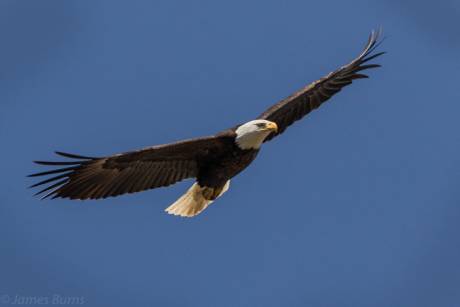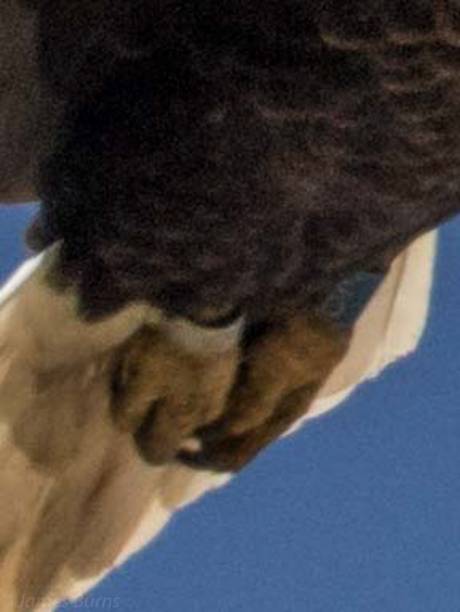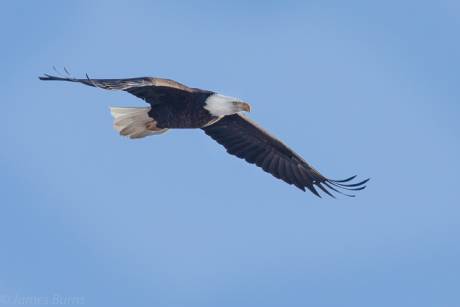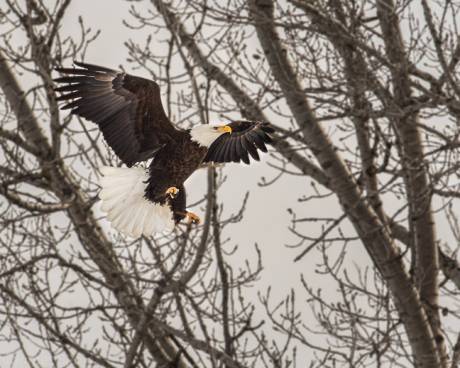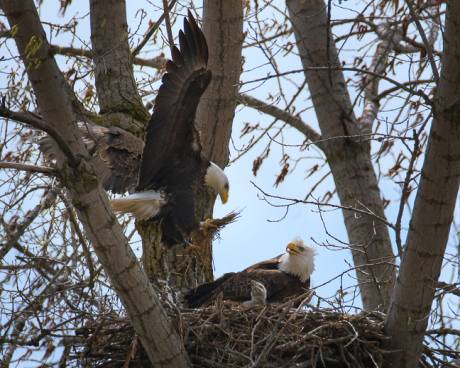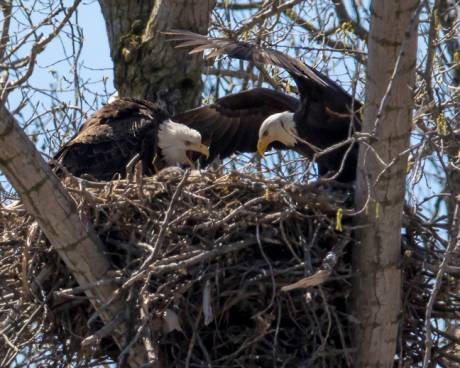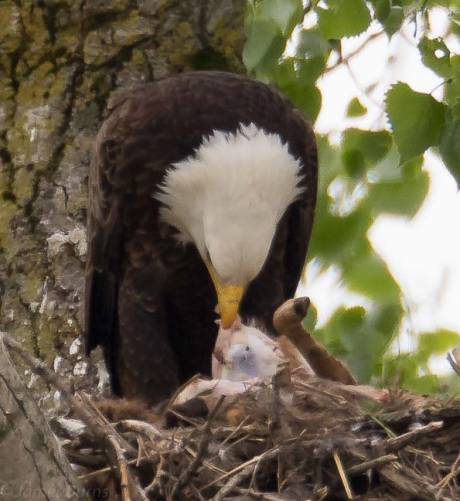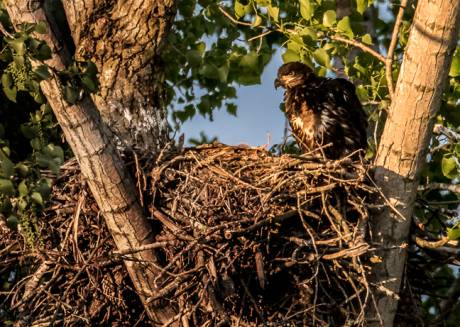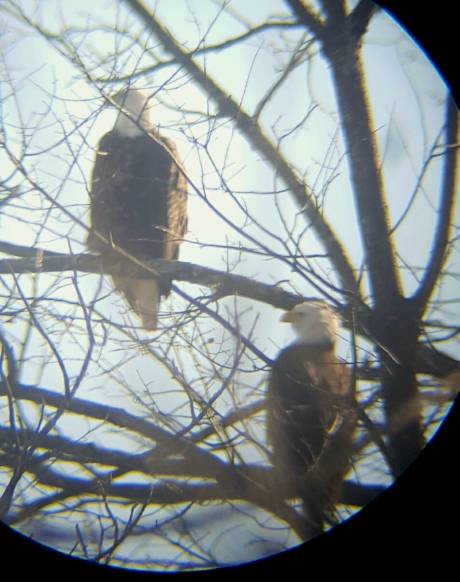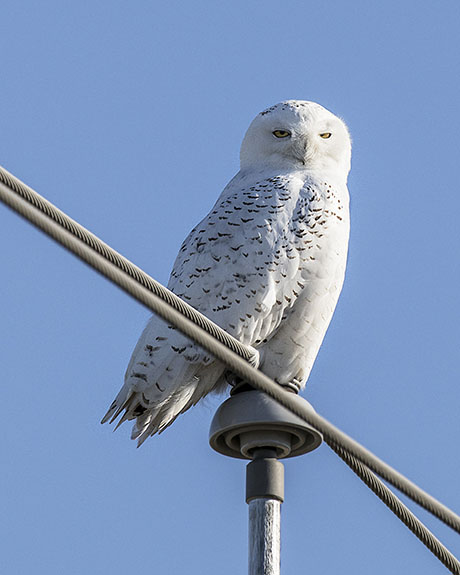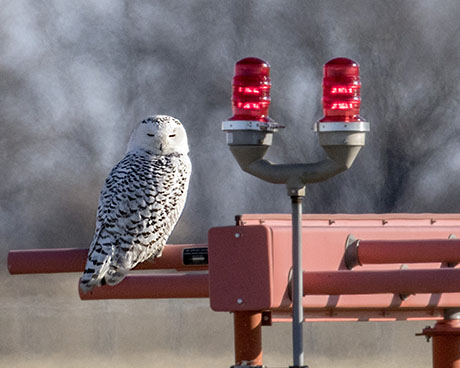Submitted photo and press release:
The U.S. Fish and Wildlife Service has listed the eastern massasauga rattlesnake as a threatened species under the Endangered Species Act. The Service also determined that designating critical habitat for the eastern massasauga is not prudent.
Eastern massasaugas are currently found in scattered locations in Illinois, Indiana, Iowa, Michigan, New York, Ohio, Pennsylvania, Wisconsin and Ontario, Canada. In New York, this snake is found in two counties: Genesee and Onondaga.
The species, a candidate for listing since 1999, has been declining over the past few decades due to loss and fragmentation of its wetland habitat. Nearly 40 percent of the historical populations are now extirpated and an additional 15 percent are of uncertain status. Of those known remaining populations, most are experiencing ongoing threats, meaning additional population losses are anticipated in the future.
Under the Endangered Species Act, threatened species are plants and animals that may become endangered in the foreseeable future. While the Act protects listed species from take, which includes harming, harassing, injuring or killing, the law allows exceptions for take through permits, and all forms of take, including lethal take, are permitted if there is an imminent threat to human safety. Steps can be taken to keep snakes away from homes and outbuildings.
Habitat loss is the primary threat driving declines of eastern massasaugas, but as their numbers decline, other threats such as direct mortality or collection play a more significant role. Snakes may be killed while crossing roads as they travel between wetlands or after they emerge from hibernation; people intentionally kill or collect them; and they can be killed by prescribed fires and mowing when those activities are conducted after snakes have emerged from hibernation.
“Eastern massasauga rattlensnakes play an important role in the ecosystem, serving as both predator and prey,” said Tom Melius, the Service’s Midwest Regional director. “Conserving the massasauga means we are conserving natural areas that serve as habitat for many other plant and wildlife species.”
The timid eastern massasauga is a small snake with a thick body, heart-shaped head and vertical pupils. The average length of an adult is about 2 feet. The snake’s tail has several dark brown rings and is tipped by gray-yellow rattles. Massasaugas eat small rodents such as mice and voles, but they will sometimes eat frogs and other snakes. People’s fear of the massasauga and the species’ resultant persecution are largely unwarranted. Eastern massasaugas are docile, secretive snakes that will try to escape first rather than defend themselves or fight.
Massasaugas live in wet prairies, marshes and low-lying areas along rivers and lakes. Massasaugas also use adjacent uplands during part of the year. They often hibernate in crayfish burrows, but they may also be found under logs and tree roots or in small mammal burrows. Massasaugas use a mix of wetland and upland habitat that is important to many other species of wildlife as well as to humans. Wetland habitats provide wildlife habitat, recharge groundwater resources and improve water quality.
The eastern massasauga is currently state - or provincially listed as endangered, threatened or a species of concern in every state and province in which it lives. The Service and partners have been working together to conserve eastern massasauga populations since the species was named a candidate in 1999.
The Service determined that designating critical habitat for the eastern massasauga rattlesnake is not prudent because doing so would increase the threat from persecution, unauthorized collection, and trade. The final rule listing the eastern massasauga appeared in the Sept. 30, Federal Register. The rule has an effective date Oct. 31.
For more information about the eastern massasauga and the Service’s final rule to list the snake under the Endangered Species Act, visit http://www.fws.gov/midwest/endangered/reptiles/eama/
The mission of the U.S. Fish and Wildlife Service is working with others to conserve, protect and enhance fish, wildlife, plants and their habitats for the continuing benefit of the American people. We are both a leader and trusted partner in fish and wildlife conservation, known for our scientific excellence, stewardship of lands and natural resources, dedicated professionals and commitment to public service. For more information on our work and the people who make it happen, visitwww.fws.gov.

